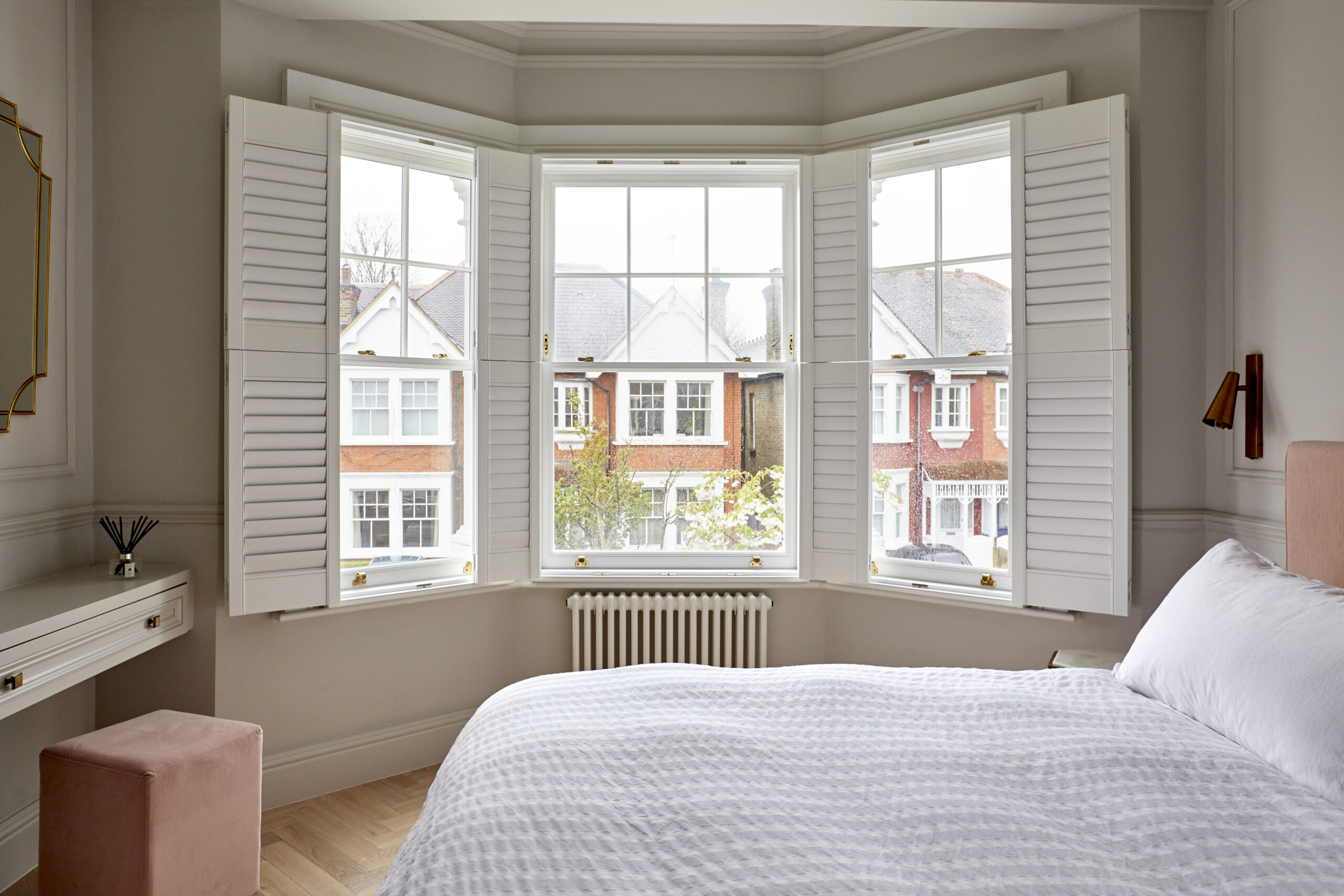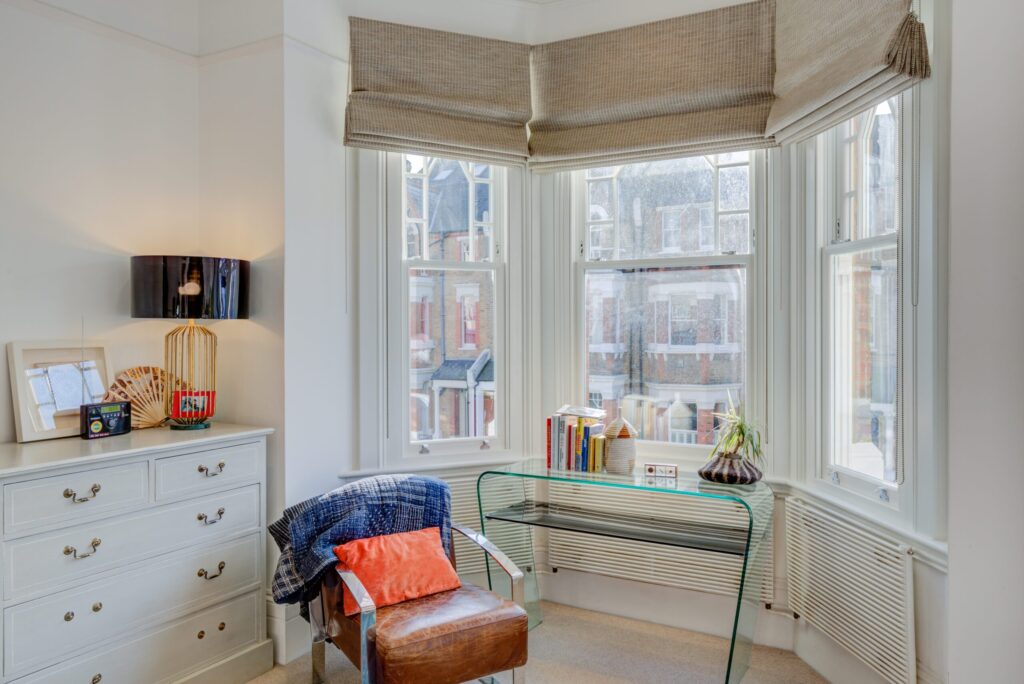Whether you’re upgrading sash windows in a Victorian terrace or fitting new timber frames in a listed building, you need to ensure you are following the rules. For this, understanding Building Regulations for windows is essential, especially if you are a landlord, living in a rented property, or are planning on letting a property. Overlooking them could lead to failed inspections, costly corrections, or even difficulties selling your property later.
This guide will walk you through the key regulations you need to know before starting your project.
Why Building Regulations matter for windows
Building Regulations exist to ensure that every window installed in a home, whether in a new build or an existing property, meets minimum standards for safety, energy performance, ventilation, and accessibility. They play a vital role in making homes more secure, environmentally responsible, and comfortable to live in. This is especially important for heritage and period properties, where maintaining aesthetic integrity must be balanced with modern performance standards.
When it comes to building regulations, replacement windows are just as closely regulated as new installations. Even like-for-like replacements must comply with today’s guidelines.
Why compliance is crucial for your project
Non-compliance with building regulations and windows can have serious consequences that extend far beyond the installation itself. Building Control officers have the authority to serve enforcement notices requiring you to bring non-compliant windows up to standard, often at considerable expense. More concerning still, when you come to sell your property, buyers’ solicitors will request evidence of Building Regulations approval for any window work carried out. Without proper certification, you may face delays and additional costs, or even find potential buyers walking away from the sale.
For landlords, the stakes are even higher. Non-compliant windows could result in failed safety inspections, insurance complications, and potential liability issues if tenants are affected by substandard installations. Getting it right from the start protects both your investment and your peace of mind.
Key areas covered by UK Building Regulations for windows
Building regulations for windows encompass several critical areas, each designed to ensure your windows perform safely and efficiently:
Energy Efficiency (Part L)
This forms the cornerstone of modern window regulations. All replacement windows must achieve minimum U-values – typically 1.6 W/m²K for the whole window unit. This means considering not just the glazing, but the frame material, seals, and overall construction. For period properties, this can be particularly challenging, but modern timber sash windows can achieve excellent thermal performance while maintaining a traditional appearance.
Fire Escape Window Regulations (Part B)
These are among the most critical safety requirements. Fire escape window regulations stipulate that windows serving as emergency exits must have an unobstructed openable area of at least 0.33m² with no dimension less than 450mm. The bottom of the opening must be no more than 1100mm from the floor, and windows above ground floor level require additional safety considerations. Understanding fire escape window regulations and the UK’s requirements is essential for any bedroom or habitable room above ground level.
Safety Glazing (Part N)
These requirements determine where toughened or laminated glass must be used. Critical locations include glazing in doors, side panels, and low-level glazing where impact is likely. In period properties, this often means carefully specifying appropriate safety glazing that maintains the aesthetic while meeting safety standards.
Ventilation (Part F)
This ensures adequate air quality through background ventilation requirements. Windows must provide controllable ventilation, often through trickle vents, though period-appropriate solutions can be designed to maintain visual authenticity.
Sound Insulation (Part E)
This becomes particularly important in urban areas or conversions, where windows must help achieve specific acoustic performance levels.
What about replacement windows?
Whether you’re replacing a single window or renovating an entire property, the current Building Regulations apply in full.
For heritage properties, replacement windows must also balance regulatory compliance with conservation requirements. This often means working with specialists who understand both building regulations and heritage considerations to achieve solutions that satisfy both sets of requirements.
Understanding FENSA regulations for windows
FENSA (Fenestration Self-Assessment Scheme) plays a crucial role in building regulations compliance for windows. As a Competent Person Scheme authorised by the UK government, FENSA allows approved installers to self-certify that their window installations comply with Building Regulations without requiring separate Building Control approval.
FENSA regulations for windows cover the same technical requirements as Building Regulations, but streamline the compliance process. When you use a FENSA-registered installer, they take responsibility for ensuring compliance and provide you with a FENSA certificate upon completion. This certificate serves as proof of Building Regulations compliance and is essential documentation for future property sales.
FENSA also offers its own Guide to Building Regulations Compliance for more information.
An important note
It’s important to understand that FENSA certification only applies to like-for-like replacements in existing openings. Structural alterations, new openings, or work to listed buildings typically require separate Building Control approval regardless of installer certification.
Move your project forward with confidence
Understanding building regulations doesn’t have to be a barrier to achieving the windows you want for your property. With the right expertise and approach, you can enhance your home’s performance, security, and value while respecting its heritage character.
Contact our team to discuss your project, get a no-obligation quote, and discover how we can help you navigate regulations while achieving the perfect balance of tradition and performance.


